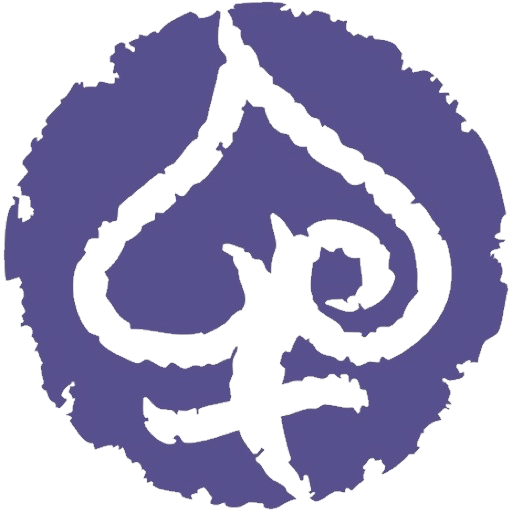Photo courtesy of GovPh
2016 marks the 30th anniversary of the People Power Revolution. During those momentous four days of February 1986, millions of Filipinos, along Epifanio de los Santos Avenue (EDSA) in Metro Manila, and in cities all over the country, showed exemplary courage and stood against, and peacefully overthrew, the dictatorial regime of President Ferdinand E. Marcos. More than a defiant show of unity—markedly, against a totalitarian rule that had time and again proven that it would readily use brute force against any and all dissenters—People Power was a reclaiming of liberties long denied. The millions that gathered for the 1986 People Power Revolution—the culmination of a series of public protests, often dispersed if at all given leave—was a nation wresting itself, as one, back from a dictator.
The four-day demonstration along EDSA was a manifestation of the discontent and furies that began with the parliament of the streets during Marcos’ totalitarian rule, as Filipinos began, determinedly, to shake off the subjugation. But, the players of this revolution, at the start, knew only to gather; only in EDSA, at the height of the marches and within the multitude of citizens, did standing as one begin to coalesce as a campaign. From its beginnings as an immediate response to the rigged results of the snap elections, and then as a vigil to guard defecting top military men from Marcos’ vengeful machinations, a show of support heartily encouraged by the Catholic Church; to streets gradually teeming with people to quietly face off with armored tanks, a confrontation of linked arms and prayers and flowers and songs—the four days of EDSA People Power in itself was an exemplar of the evolution of the Philippine protest.
On February 20, 1986, Marcos proclaimed himself victor of the snap elections, and was set to retain the presidency; on the same day, Corazon C. Aquino led a people’s victory rally at Luneta and called for civil disobedience, which included the boycotting of known Marcos-crony institutions. Two million people took up the cause with her at that rally; stocks of singled-out companies fell the very next day. Marcos responded with the threat of reinstating Martial Law, should Cory Aquino lead a nationwide strike; he, too, orchestrated a mass demonstration of support—reports emerged that twelve million pesos had been earmarked to pay supporters to attend a proclamation rally in his honor at Luneta.
On February 22, Defense Minister Juan Ponce Enrile, who was once at the center of the declaration of Martial Law in 1972, discovered a plot to implicate him and officers involved in the Reform the Armed Forces Movement in a coup. Faced with only two options—dispersing or regrouping—Enrile chose the latter as the “more honorable” option. He announced his defection from Marcos, alongside Chief of Staff Fabian Ver’s deemed successor, Lieutenant General Fidel V. Ramos, from within Camp Aguinaldo and Camp Crame. The Catholic Church announced their support of the two, and enjoined people via radio broadcast to provide aid and, for all purposes, a human cordon to guard them against anticipated counter-offensives. Soon enough, the base and its surroundings were teeming with citizens. Marcos denounced Enrile and Ramos, but speedily changed the venue of his inauguration to Malacañan Palace; there he would be sworn in as president yet again, but this time surrounded by nothing more than courtiers tied to his pursestrings. Back in EDSA, that first night: Close to a hundred thousand held vigil—a number that would only swell.
Read the rest of the essay here.
From GovPH.

